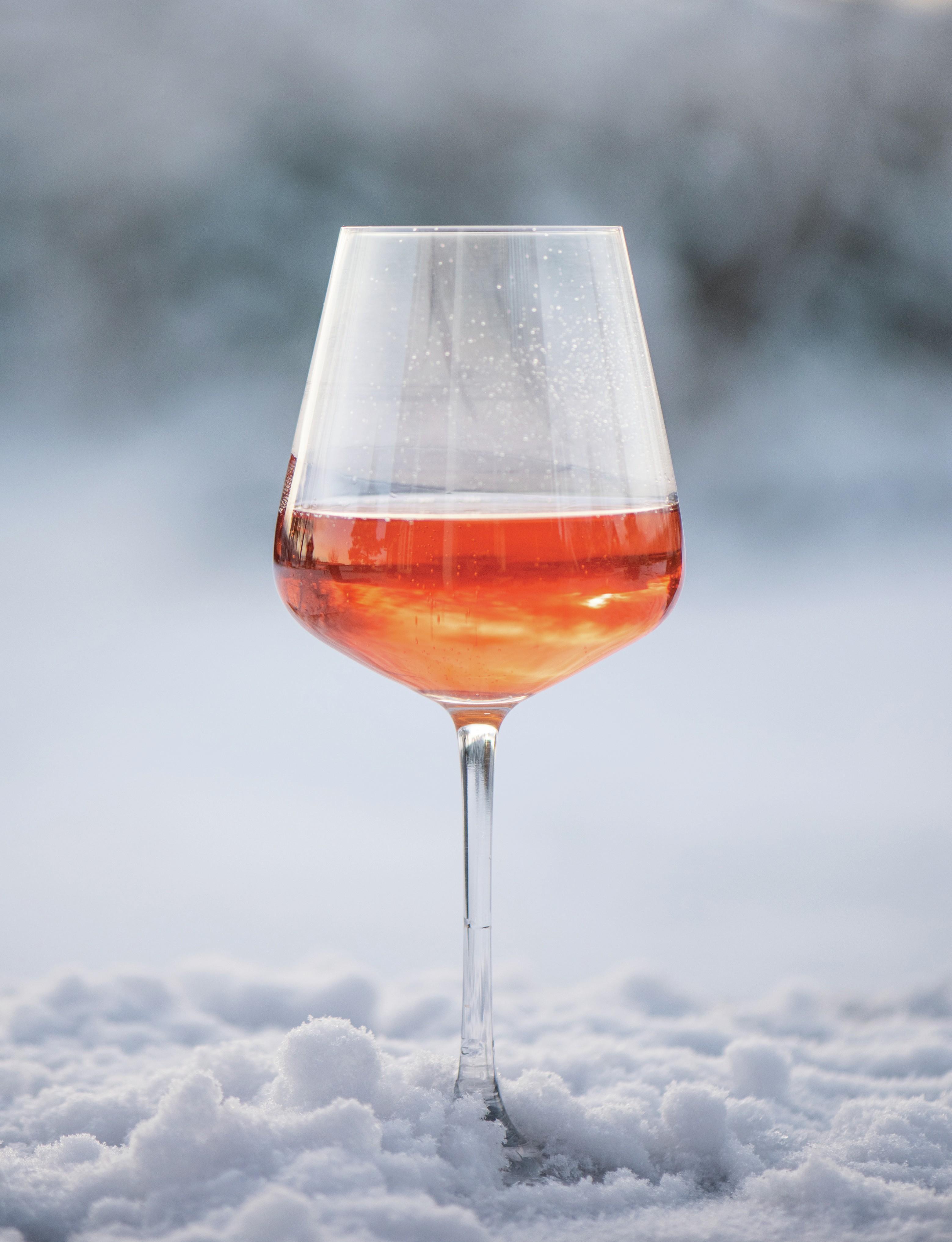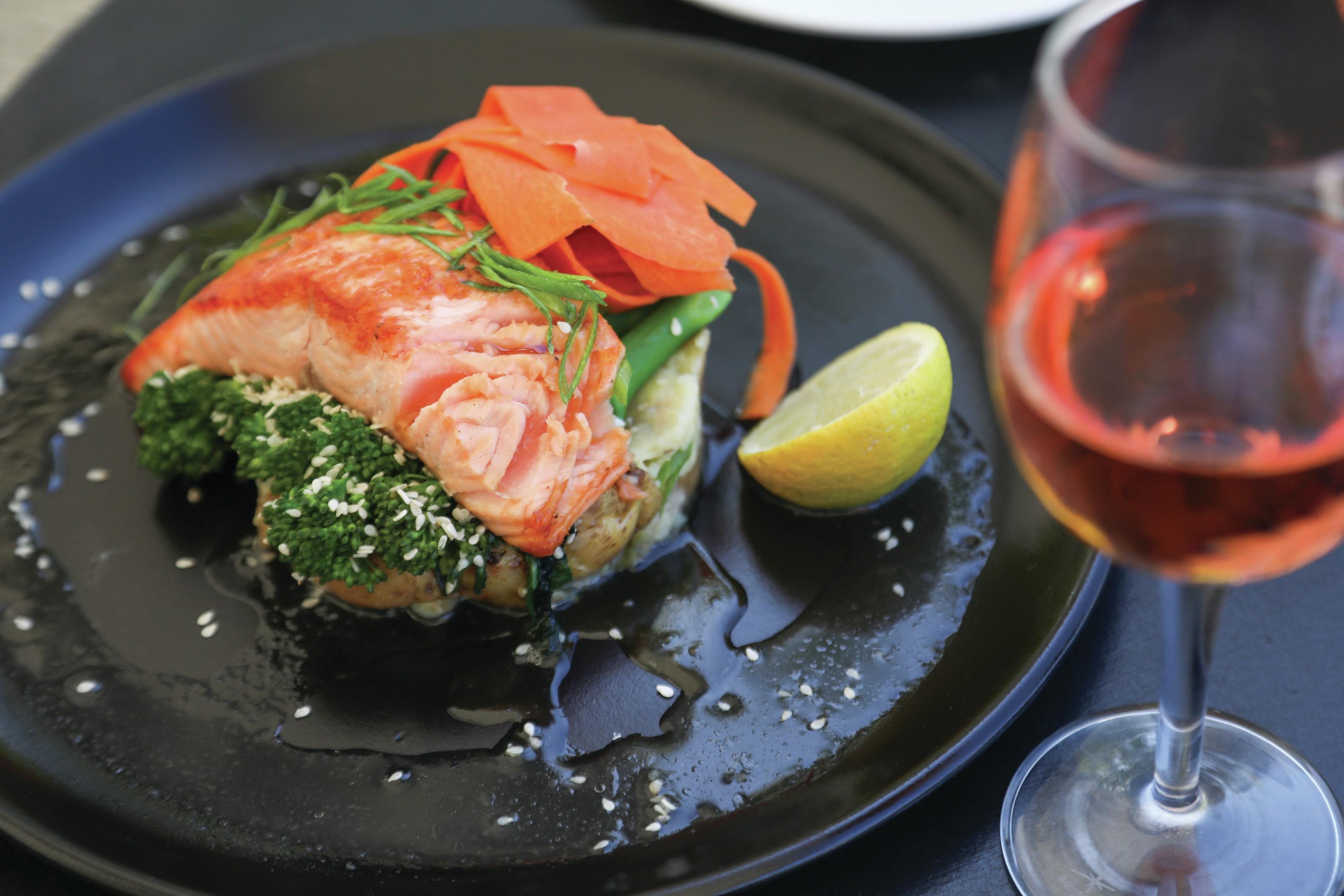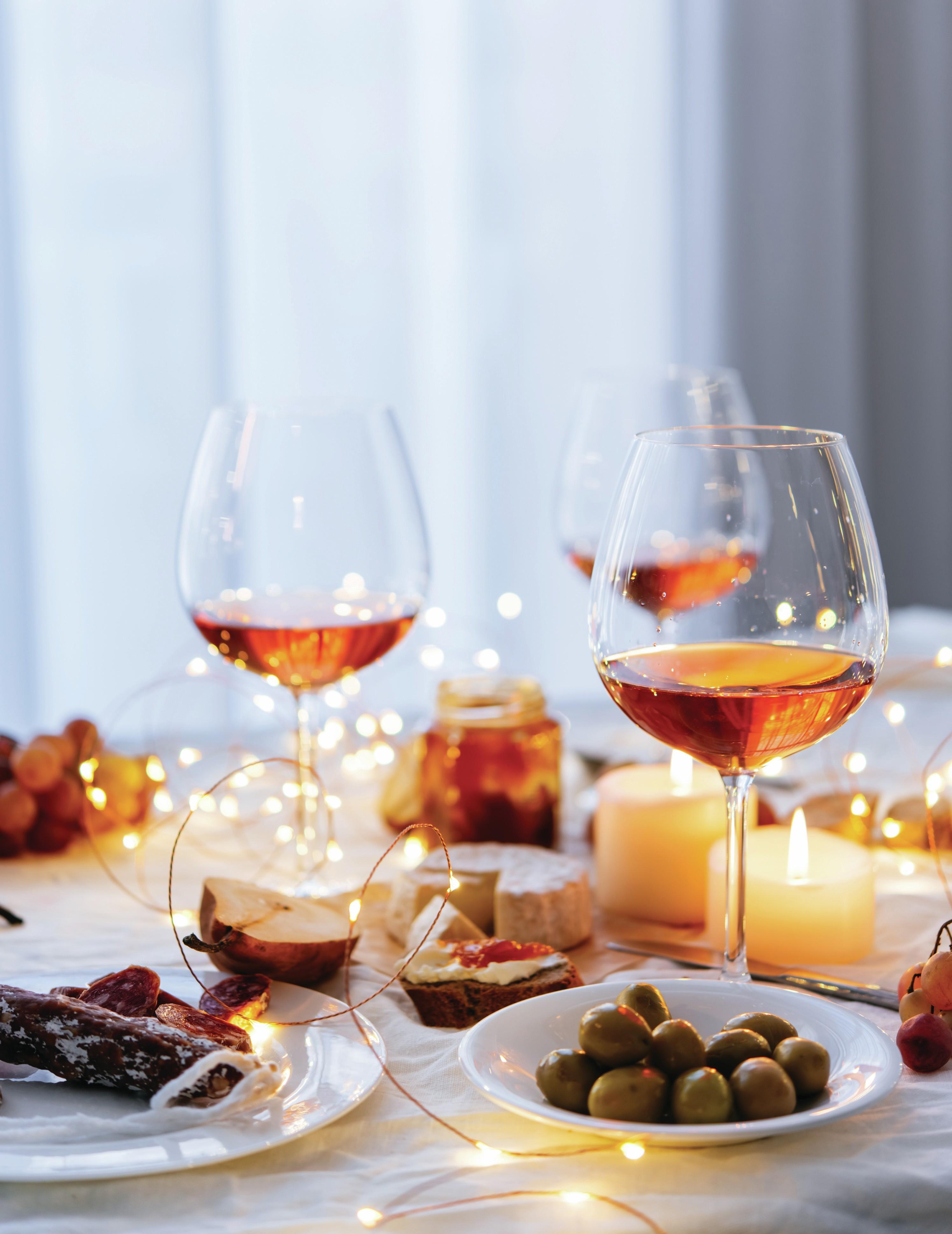Generation snowflake: how can brands get more people to drink rosé this Christmas?
By Sarah McCleeryHigh-end rosé producers have been trying to get consumers to drink pink all year round, but is there a place for their wines on the Christmas table? Sarah McCleery investigates.

When Warner Brothers released the film Barbie in 2023, retailers around the world suddenly realised what premium rosé producers have known all along – pink sells. Luxury rosé producers may well flinch at a Barbie association, but they have more in common with the doll franchise than they might think.
As drinks analyst IWSR tells db: “Top rosé wines are aspirational and recognisable brands that are leading the segment.” Not a million miles away from Barbie’s immaculate blow-dry and gleaming pink convertible, then.
IWSR also points out that “premium rosé is countering the wider decline in wine, with the US, UK and Australia key markets for premium rosé brands”. According to CGA by NIQ, rosé drinkers are a loyal bunch, with half of its fans imbibing it regularly – and all year round. Premium rosé is very much on the ascendant, “with sales surging by 18.9% over a 12-month period, compared to lower-priced ‘standard rosé’ at 7.6%,” a CGA report says.
The finest terroir, grapes of the highest quality, and skilled and attentive winemaking are just some of the things that go into producing a fine rosé.
Languedoc-Roussillon producer Gérard Bertrand makes an articulate case for attention to detail, saying: “Clos du Temple is crafted with utmost precision and meticulous care. Every detail matters, from the vineyard to the bottle.”
Clos du Temple is a rosé made from a 12-hectare vineyard sub-divided into 11 plots and planted with five grape varieties, which are well-suited to the schist and limestone soils that make up this “exceptional terroir” for fine rosé wines. Old-vine Cinsault, Grenache Noir and Syrah all make it into the blend, with Mourvèdre adding the finishing touch, and a hint of Viognier giving aromatic complexity.
“Grapes are hand-harvested at dawn in small crates to capture the coolness of the night,” says Bertrand. And the winery has been designed and sized to support his practices, with each plot and variety vinified separately. “We have equipped the cellar with 225-litre barrels and 500litre demi-muids, allowing us to control the influence of oak on the wine,” Bertrand says. “This helps to maintain freshness while imparting delicate, integrated oak notes.”
Complicated and expensive
Guillaume Buisson, international sales director of Besserat de Bellefon Champagne, is keen to point out that “rosé is one of the most complicated and expensive wines to make”.
The complexity in Besserat’s rosé brut NV, he says, “is brought about by prolonged ageing in the cellar, and the choice of villages [from which grapes are sourced]”. As far as Buisson is concerned, “the wines need a minimum of five years’ ageing on the lees”.
At Château Léoube in Provence, its Collector Rosé sees eight to 10 months’ bâtonnage, “which adds further depth, texture and complexity”, explains UK director Anthony Gordon. He believes that rosé “absolutely has” all the hallmarks of a fine wine, with the best expressions being “age-worthy, collectable and of outstanding quality”.
This level of craftsmanship has resulted in pink wines finding a home in some of the world’s finest restaurants. Six years ago, when Maison Gutowski defined its rosé profile to appeal to fine dining, the head sommelier at gourmet restaurant Georges Blanc in Vonnas, France, wanted to add Gutowski’s wines to the list, but first needed to convince his team. “At that time, there were still many preconceived notions about rosé wines, and everyone was very reluctant to have a rosé on the menu at a fine dining restaurant,” says owner and winemaker Aline Gutowski.
“The head sommelier introduced our MG Grand Cuvée Rosé to his team, using black glasses instead of transparent ones. Everyone enjoyed this mineral ‘white wine’ with a nice, long finish. They were all in for a surprise when they discovered it was, in fact, a rosé.”

The presence of premium rosé on the wine lists of top restaurants is, these days, far from unusual. At the most creatively extreme end of the experience, sommelier Emanuel Pesqueira has served rosé aged in the Atlantic Ocean at Gordon Ramsay’s Savoy Grill in London. At a more mainstream level, many sommeliers have recognised that fine rosé wines have outstanding gastronomic potential, those wines having been aged in oak particularly having the breadth and complexity to pair with all kinds of cuisines. Where a wine has some oxidative qualities, it matches especially well with umami-flavoured dishes, a huge plus for chefs and sommeliers alike.
“The versatility of a fine rosé is truly unparalleled,” says Emily West, brand and marketing manager, Bijou Wine.
“With remarkable structure, luxury rosé is crafted to complement – without overwhelming – and is light enough to enhance the delicate flavours of salmon or fresh salads, yet vibrant and complex enough to elevate heartier and more opulent dishes.”
Luxury glass making
The seriousness with which rosé wines are taken in the on-trade is further emphasised by the work Riedel has done to create a glass to maximise the rosé drinking experience. The Riedel Sommeliers Rosé Glass, which according to the company is “mouth-blown from lead crystal”, is shaped to direct the flow of rosé onto the tip of the tongue, emphasising the fresh fruitiness of rosé “while tempering its acidity and bringing out the wine’s fruit characteristics”.
Olivier Fayard, CEO and winemaker at Pernod Ricard-owned Sainte Marguerite en Provence, believes there is “significant potential for rosé wine in the on-trade during the colder months” and says pink expressions can be a foil for “hearty and winter-inspired menus”.
Consumers often seek something special during the festive period, making a luxury rosé an ideal choice. “Winter rosé is an emerging trend, gaining popularity for its versatility and elegance,” adds Fayard. “Moreover, as many of our wines are organic and vegan, they appeal to the growing number of consumers prioritising sustainability and mindful choices, adding even more reason to choose rosé this holiday season.”
Rosé’s seasonal boundaries are no more, and its versatility makes it a must-have for any discerning wine drinker at Christmas, deserving of a place at the dining table. Today’s wines are lighter in style, often lower in alcohol and are at their best when served at between 7-12 °C.
Château Léoube, for example, recently held an event highlighting the pairing potential of fine rosé with classic Christmas foods such as smoked salmon and shellfish, and the sweet spices used in many festive dishes.

Mulling potential
Those in the know might also keep a bottle handy for mulling, according to Ashley Deverell, senior manager, communications and culture, Moët Hennessy. “Rosé makes an excellent base for a lighter, more contemporary mulled wine,” he says. “Furthermore, festive settings like the ski lodge at London’s Somerset House position rosé as a sophisticated choice for winter celebrations. This association with chic après-ski culture adds an element of aspirational enjoyment.”
Somerset House might not have quite the same après-ski clout as Verbier or Aspen, but nearly all the fine rosé wine producers db contacted for this article declared their presence in some of the world’s finest ski resorts.
Luxury rosé in large formats also brings plenty of wow factor when pouring your festive pink from a magnum or jeroboam, be it still or sparkling.
“Large bottle formats are particularly popular during the holiday season, emphasising the social and celebratory nature of rosé” says Isabel van Rees, brand ambassador at Aix Rosé.
The introduction of rosé into prominent Champagne bars is also noteworthy, as it signifies “a deeper cultural shift, with rosé being embraced as a sophisticated choice that appeals to both connoisseurs and casual drinkers”, says Sainte Marguerite’s Olivier Fayard. “As luxury retailers and dining establishments cater to this evolving taste, rosé is securing its place in the fine wine world.”
Indeed, the presence of premium rosé wines at luxury stores such as Harrods, Fortnum & Masons and Harvey Nichols shows that there is a vibrant market for these wines among the wealthiest consumers. It is notable that, with Christmas around the corner, Harvey Nichols is selling an own-label rosé Champagne, alongside magnums of Prosecco Rosato from Bottega SpA at £42.
Fortnum’s has also hopped onto the luxury rosé bandwagon, with its ownlabel English Sparking Vintage Rosé (£37.50), produced by Gusborne Estate. As for the pricing of these top wines, it “reflects our expertise”, says Gérard Bertrand, and emphasises “the wine’s exclusive and prestigious character”.
This view is echoed by van Rees at Aix Rosé, who adds that “luxury rosé pricing is built on quality, exclusivity and brand value. It also reflects the labour-intensive care, high-altitude terroir and quality grapes that go into each bottle.”
So, rather than dismiss fine rosés as exclusively summer bottles, why not embrace your inner Barbie and pick a pink wine for your table this Christmas?
Related news
Calling all winemakers: entries open for the Global Rosé Masters 2025
AIX Rosé sets the tone for spring with curated music playlist
